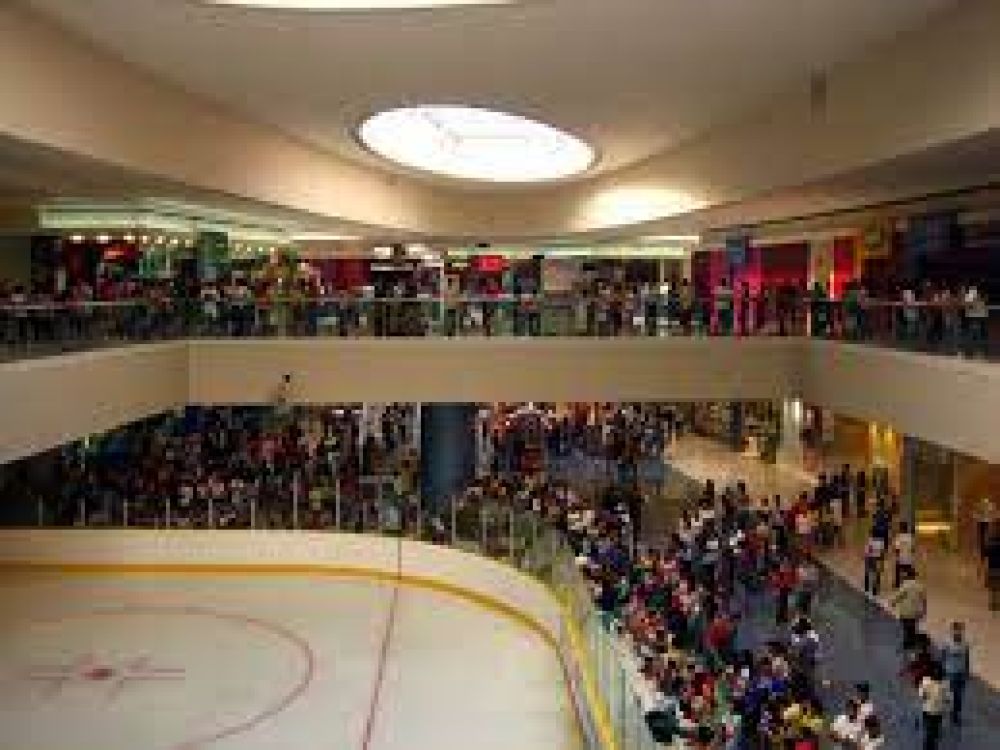

The Mall of Asia (MOA), located in the Bay City area of Pasay, Metro Manila, is not just a shopping destination; it's an integrated resort with a variety of entertainment and touristic attractions. Since its opening in 2006, MOA has evolved into a bustling commercial complex attracting millions of visitors annually.
Developed by SM Prime Holdings, the largest mall developer in the Philippines, the Mall of Asia was designed to provide a unique shopping experience that blends with leisure and entertainment. Spanning a vast area of 42 hectares, MOA quickly became a symbol of the country's economic growth and a barometer for the tourism industry.
With its grand launch, MOA featured a unique blend of Filipino culture and global trends. It attracted not only locals but also a significant number of tourists due to its strategic location, which is close to the Ninoy Aquino International Airport and other tourist hotspots in Metro Manila.
The Mall of Asia complex includes a variety of attractions that cater to a diverse audience:
MOA plays a crucial role in Philippine tourism by significantly contributing to the country's economy. The presence of international hotel chains and convention centers within the complex has solidified Manila's position as a venue for international gatherings. Moreover, MOA serves as an all-in-one destination combining shopping, dining, and entertainment, aligning with the global trend of experiential tourism.
Upgrading its facilities continuously, MOA has embraced the latest trends in tourism by focusing on:
To visit the Mall of Asia, tourists can look forward to a wide range of accommodations and convenient transportation options. MOA is accessible via public transport, taxis, and ride-sharing services. It's open daily, and there is no entrance fee to the mall itself, although some attractions may have admission fees.
The Mall of Asia continues to stand as a beacon of modernity and a tastemaker in the realm of tourism in the Philippines. Its blend of shopping, entertainment, and cultural experiences keeps it at the forefront of the industry, drawing countless visitors to Manila's shores every year.